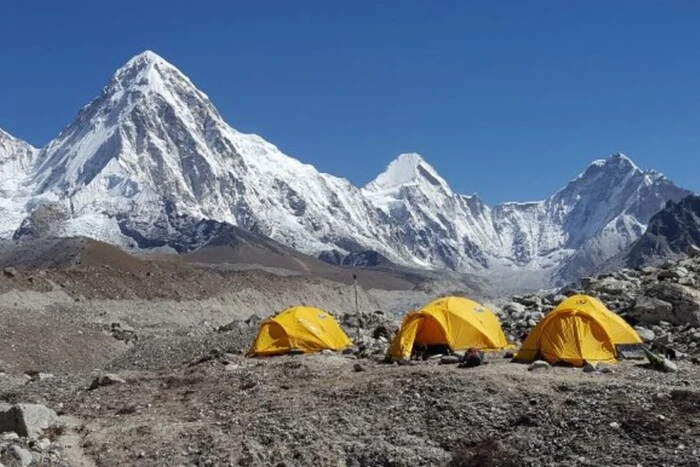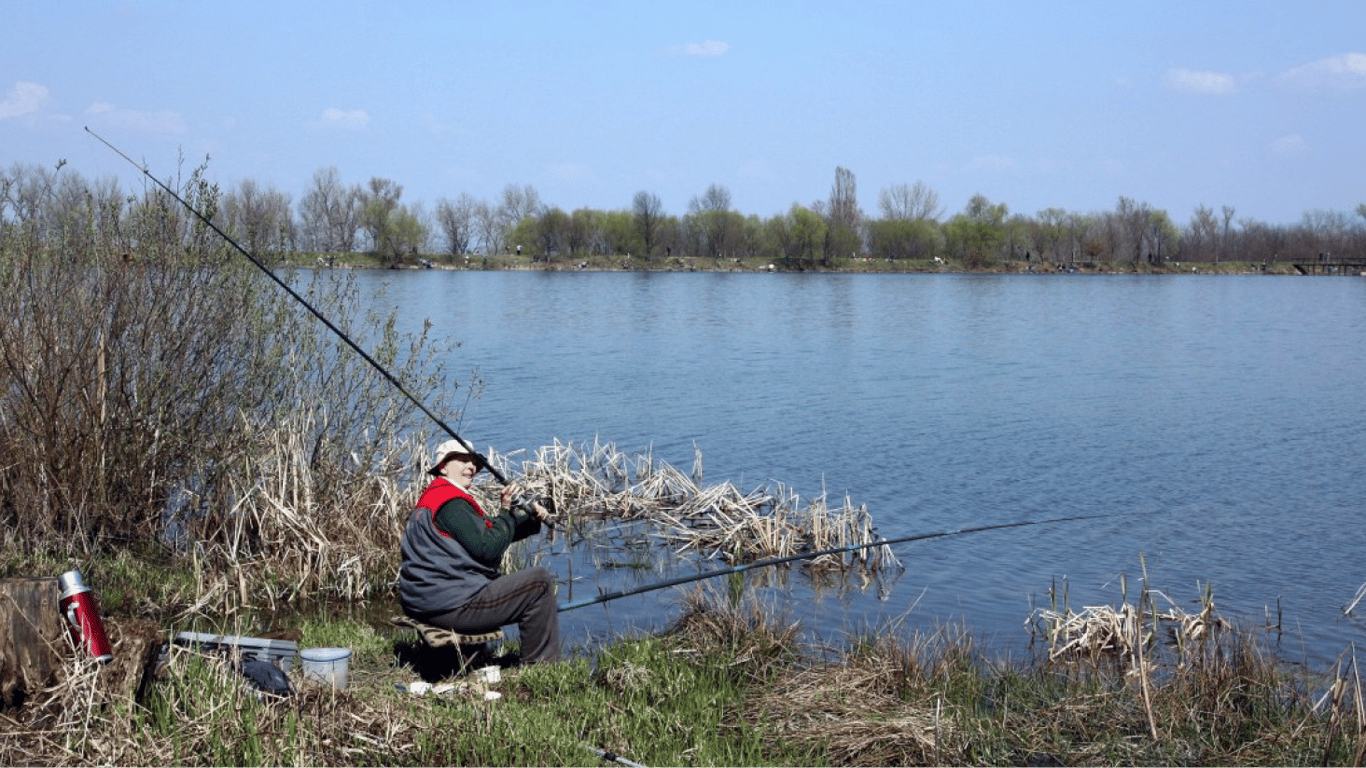The melting of the glacier on Everest may leave millions of people without water.


Scientists from the University of Leeds and Aberystwyth University will climb Everest to study the melting of the Khumbu glacier, which could have serious consequences for countries that rely on its water resources. This information was received from the official website of the University of Leeds.
Glaciers in the Himalayas are a very important water resource for millions of residents of Nepal, India, Pakistan, and other countries in the region, who use it for irrigation, sanitation, and hydropower. However, changes in the rate of glacier melting threaten this resource, especially in the foothills, where the population is particularly vulnerable to water shortages.
The expedition will take place in the Western Cwm, where, according to experts, intense solar radiation causes snow melting, even at negative air temperatures.
Researchers will work at an altitude of over 6,000 meters above sea level, drilling into the glacier to measure ice temperature. They will have to overcome the dangerous Khumbu Icefall, which is one of the most dangerous parts of the route to Everest. All necessary equipment will be delivered by helicopter, and the team will set up camp on the glacier, where nighttime temperatures drop below -10 degrees Celsius.
Solar panels, batteries, and propane will be used for research, as traditional energy sources are ineffective at such heights. Data will be transmitted in real-Time via satellites, allowing for the avoidance of additional trips.
Previous studies have shown that the ice temperature at the bottom of Khumbu is higher than expected. New data will help improve climate models used for predicting changes in glaciers and water supply in the region.
Conclusion
According to researchers, Mount Everest has risen by 15-50 meters over the last 89,000 years. Additionally, NASA reported that sea level in 2024 rose more than expected due to thermal expansion of seawater and melting of ice sheets and glaciers.
Read also
- What is the fine for driving with transit numbers in 2025
- The Ukrhydrometcentre informed about the weather changes in Kyiv
- Fine up to 6,000 UAH - why pet owners may be punished
- UN Payments - What Changes are Being Made for Ukrainians
- Division of an Apartment in Joint Ownership - How Not to Lose Your Share
- Ponds for rent - can you fish without permission in 2025









